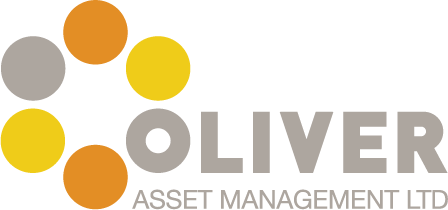It was interesting to see Apple shares reach an all time high of $403.91 a couple of days ago, while shares around the world were still down following fears of Greek default and record gold prices.
With a market value of over $344 billion, Apple has already overcome Microsoft the world’s largest technology firm and they are now second only to energy group ExxonMobil among US stocks. This has all happened so quickly that despite being a main player in the US stock market, Apple shares are still strangely absent from the Dow Jones Industrial Average.
Apple’s products set the benchmark for personal communication and entertainment gadgets, and the company’s fresh approach to store design has led to more success, generating impressive sales-per-square-foot numbers. As the company goes from strength to strength and the billions pile up on the balance sheet, I found a source to help recall how bleak the future for the company looked according to the “experts” not so long ago.
N.B. Apple historical share price adjusted for splits to ease comparison with $403 price.
- $39: “Lately hitting a new high above 77, stock in Apple is not just high-priced—37 times this year’s estimated profit—but high-fashion. … Apple doesn’t tempt me.” Robert Barker, “Apple: It May Be Too Late to Take a Bite,” BusinessWeek, February 14, 2005.
- $12: “But behind the hype and buzz surrounding the iPod and Jobs, there are problems stewing at Apple. Its core computer business, which still accounts for 70 percent of the company’s sales, is withering. … What’s more, despite their soaring sales, iPods are depressing profitability because of their lower profit margin.” Stephen Gandel, “Why iPod Can’t Save Apple,” Money, March 24, 2004.
- $12: “I give them two years before they’re turning out the lights on a very painful and expensive mistake.” Quotation attributed to David Goldstein, Channel Marketing Corp. Cliff Edwards, “Sorry, Steve: Here’s Why Apple Stores Won’t Work,” BusinessWeek, May 21, 2001.
- $11: “Our conclusion is that Apple has started down a path that will lead to its demise as a serious player in the PC market. … Further, we do not believe Apple will survive its next downturn, which will presage the company spiraling into insignificance as it loses any advantage of scale.” Excerpt from Dataquest company report. “Dataquest Sounds Death Knell for Apple,” Reuters, September 23, 1997.
- $4 “Apple has attracted a growing crowd of short-sellers, professional speculators who bet against a company by selling borrowed shares they hope to replace later at a profit if the stock falls. The short-sellers, in fact, now hold the equivalent of 10 percent of Apple’s shares.” Steve Lohr and John Markoff. “The Incredible Shrinking Apple Computer” New York Times, January 26, 1997.
- $6: “Apple may have few options other than to shrink the company or to eventually sell out to a deep-pocketed partner.” E.S Browning and Jim Carlton, “Apple Still Hobbled Despite Write-Down,” Wall Street Journal, March 29, 1996.
Undoubtedly, over its thirty-plus years as a public company, Apple has turned out to be a very rewarding investment. One hundred shares purchased at the initial offering price of $22 in December 1980 have multiplied to 800 shares after four stock splits with a current market value in excess of $299,000. Over the same period, $2,200 invested in the S&P 500 with dividends reinvested grew to approximately $49,000. But how many investors would have tolerated the three decade wait for these rewards? At the end of 1985, for example, Apple shares were still at $22, and by the end of 2002, they had appreciated at an annual rate of only 4.4%.
How many of us could have stuck it out, especially with industry “experts” telling us at the time that Apple’s best days were behind it?
No doubt some will conclude that the case of Apple’s share price illustrates why clever timing is essential to successful investing.
But predicting the future is difficult and forecasting success or failure in the fast-changing world of technology is harder still. A tiny number of stocks available today will produce incredible results in the years ahead. Owning a broadly diversified strategy provides exposure to the world market’s unexpected winners.
Malcolm Stewart
